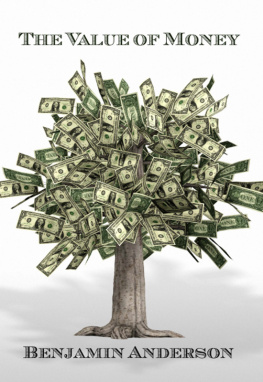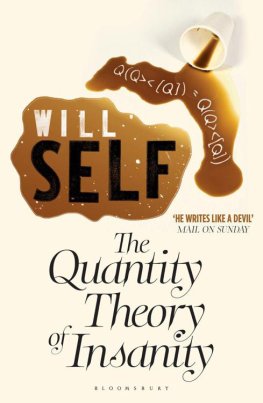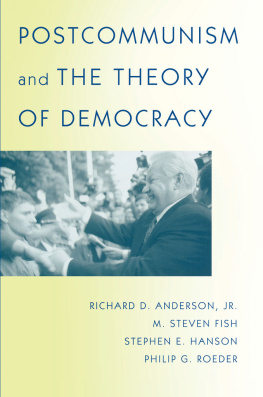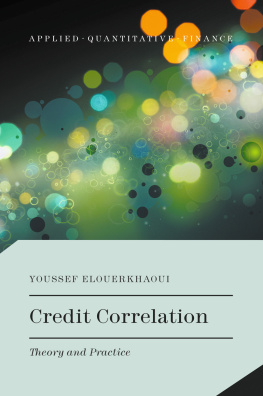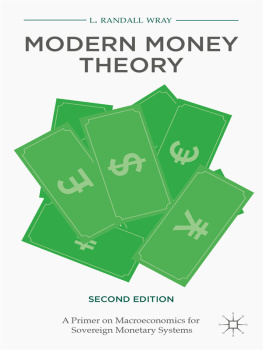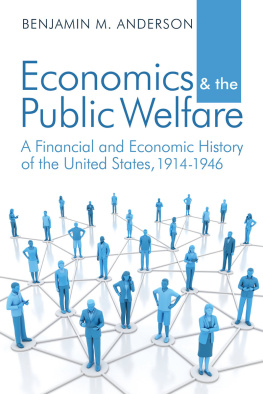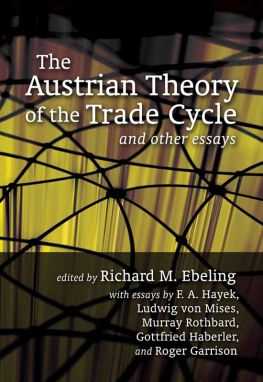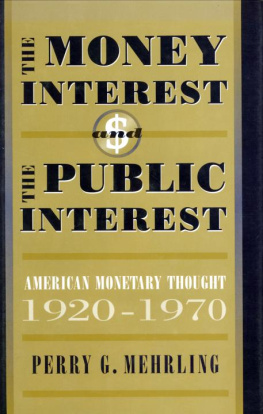THE VALUE OF MONEY
The Quinten & Marian Ward and William M. Massey Libraries of the Ludwig von Mises Institute
Robert LeFevre Collection
518 West Magnolia Avenue
Auburn, Alabama 36832
334321-2100
NOT TO BE REMOVED

THE MACMILLAN COMPANY
NEW YORK BOSTON CHICAGO DALLAS
ATLANTA SAN FRANCISCO
MACMILLAN & CO., LIMITED
LONDON BOMBAY CALCUTTA
MELBOURNE
THE MACMILLAN CO. OF CANADA, LTD.
TORONTO
THE
VALUE OF MONEY
BY
B. M. ANDERSON JR., PH. D
ASSISTANT PROFESSOR OF ECONOMICS, HARVARD UNIVERSITY
AUTHOR OF SOCIAL VALUE
NEW YORK
THE MACMILLAN COMPANY
1917
All rights reserved

COPYRIGHT 1917
BY THE MACMILLAN COMPANY
Set up and electrotyped. Published May, 1917.
TO
B. M. A., III
AND
J. C. A.
WHO OFTEN INTERRUPTED THE WORK
BUT NONE THE LESS INSPIRED IT
PREFACE
The following pages have as their central problem the value of money. But the value of money cannot be studied successfully as an isolated problem, and in order to reach conclusions upon this topic, it has been necessary to consider virtually the whole range of economic theory; the general theory of value; the rle of money in economic theory and the functions of money in economic life; the theory of the values of stocks and bonds, of good will, established trade connections, trade-marks, and other intangibles; the theory of credit; the causes governing the volume of trade, and particularly the place of speculation in the volume of trade; the relation of static economic theory to dynamic economic theory.
Dynamic economics is concerned with change and readjustment in economic life. A distinctive doctrine of the present book is that the great bulk of exchanging grows out of dynamic change, and that speculation, in particular, constitutes by far the major part of all trade. From this it follows that the main work of money and credit, as instruments of exchange, is done in the process of dynamic readjustment, and, consequently, that the theory of money and credit must be a dynamic theory. It follows, further, that a theory like the quantity theory of money, which rests in the notions of static equilibrium and normal adjustment, abstracting from the transitional process of readjustment, touches the real problems of money and credit not at all.
This thesis has seemed to require statistical verification, and the effort has been made to measure the elements in trade, to assign proportions for retail trade and for wholesale trade, to obtain, indicia of the extent and variation of speculation in securities, grain, and other things on the organized exchanges, and to indicate something of the extent of less organized speculation running through the whole of business. The ratio of foreign to domestic trade has been studied, for the years, 18901916.
The effort has also been made to determine the magnitudes of banking transactions, and the relation of banking transactions to the volume of trade. The conclusion has been reached that the overwhelming bulk of banking transactions occur in connection with speculation. The effort has been made to interpret bank clearings, both in New York and in the country outside, with a view to determining quantitatively the major factors that give rise to them.
In general, the inductive study would show that modern business and banking centre about the stock market to a much greater degree than most students have recognized. The analysis of banking assets would go to show that the main function of modern bank credit is in the direct or indirect financing of corporate and unincorporated industry. Commercial paper is no longer the chief banking asset.
It is not concluded from this, however, that commerce in the ordinary sense is being robbed by modern tendencies of its proper banking accommodation, or that the banks are engaged in dangerous practices. On the contrary it is maintained that the ability of the banks to aid ordinary commerce is increased by the intimate connection of the banks with the stock market. The thesis is advancedthough with a recognition of the political difficulties involvedthat the Federal Reserve Banks should not be forbidden to rediscount loans on stock exchange collateral, if they are to perform their best services for the country.
The quantity theory of money is examined in detail, in various formulations, and the conclusion is reached that the quantity theory is utterly invalid.
The theory of value set forth in Chapter I, and presupposed in the positive argument of the book, is that first set forth in an earlier book by the present writer, Social Value, published in 1911. That book grew out of earlier studies in the theory of money, in the course of which the writer reached the conclusion that the problem of money could not be solved until an adequate general theory of value should be developed. The present book thus represents investigations which run through a good many years, and to which the major part of the past six years has been given. On the basis of this general theory of value, and a dynamic theory of money and exchange, our positive conclusions regarding the value of money are reached. On the same basis, a psychological theory of credit is developed, in which the laws of credit are assimilated to the general laws of value.
In a final section, the constructive theory of the book is made the basis for a reconciliation of statics and dynamics in economic theoryan effort to bring together the abstract theory of price (i. e., statics) which has hitherto chiefly busied economists, and the more realistic studies of economic change (i. e., dynamics) to which a smaller number of economists have given their attention. These two bodies of doctrine have hitherto had little connection, and the science of economics has suffered as a consequence.
This book was not written with the college student primarily in mind. None the less, I incline to the view that the book, with the exception of the chapter on Marginal Utility, is suitable for use as a text with juniors and seniors in money and banking, if supplemented by some general descriptive and historical book on the subject, and that the whole book may very well be used with such students in advanced courses in economic theory. I think that bankers, brokers, and other business men who are interested in the general problems of money, trade, speculation and credit, will find the book of use. Naturally, however, it is my hope that the special student of money and banking, and the special student of economic theory will find the book of interest. The book may interest also certain students of philosophy and sociology, who are concerned with the applications of philosophy and social philosophy to concrete problems.
My obligations to others, running through a good many years, are very great. With Professor E. E. Agger, I talked over very many of the problems here discussed, in the course of two years of close association at Columbia University, and gained very much from his suggestions and criticisms. Professor E. R. A. Seligman has read portions of the manuscript, and given valuable advice. Professor H. J. Davenport has given the first draft an exceedingly careful reading, and his criticisms have been especially helpful. Professor Jesse E. Pope supervised my investigations in the quantity theory of money in 19045, in his seminar at the University of Missouri, and gave me invaluable guidance in the general theory of money and credit then. More recently, his intimate first hand knowledge of European and American conditions, both in agricultural credit and in general banking, has been of great service to me. Mr. N. J. Silberling, of the Department of Economics at Harvard University, has been helpful in various ways, particularly by making certain statistical investigations, to which reference will be made in the text, at my request. Various bankers, brokers, and others closely in touch with the subjects here discussed have been more than generous in supplying needed information. Among these may be especially mentioned Mr. Byron W. Holt, of New York, Mr. Osmund Phillips, Editor of the

